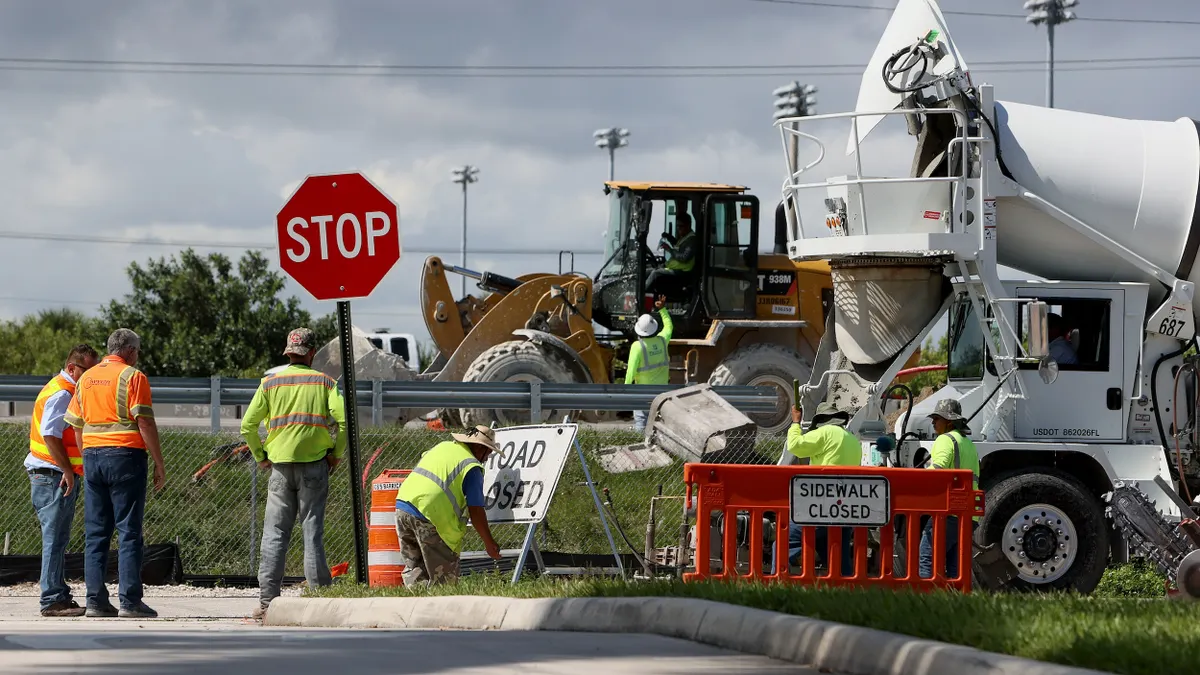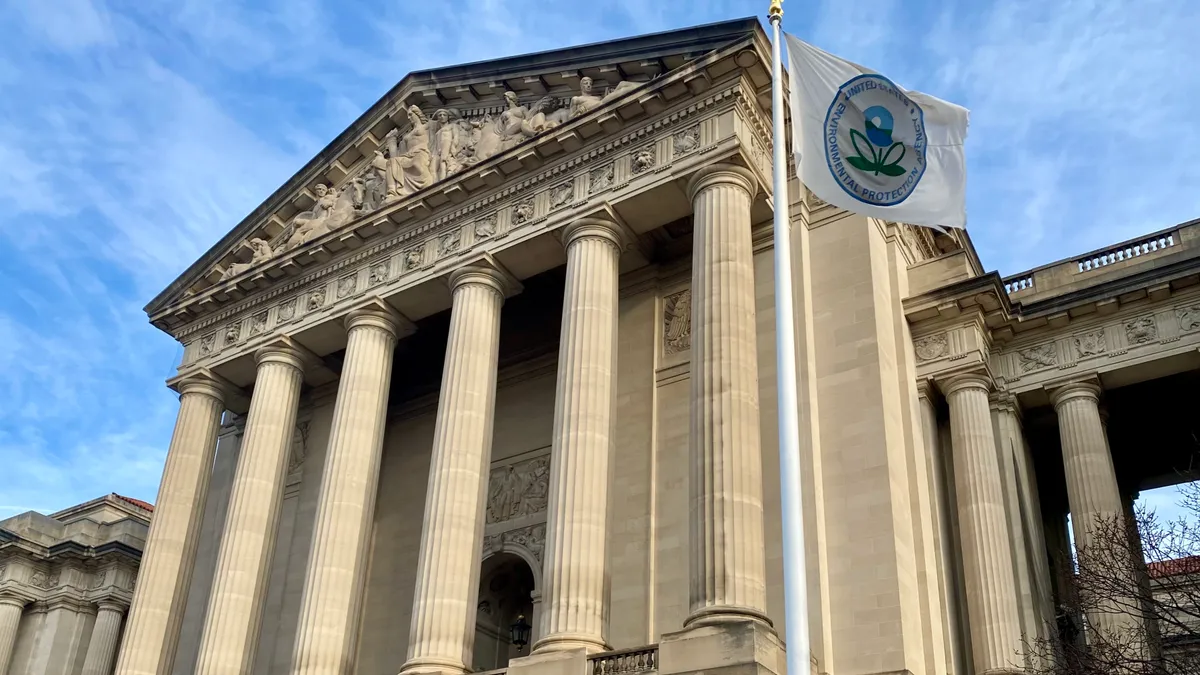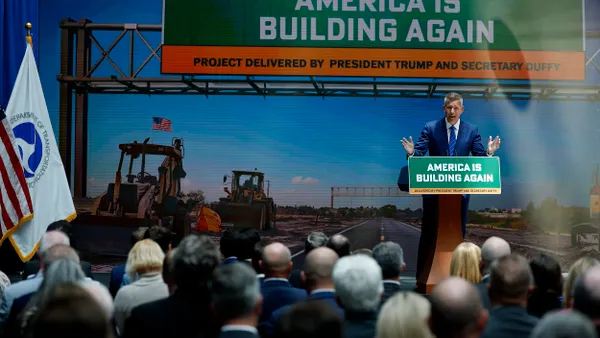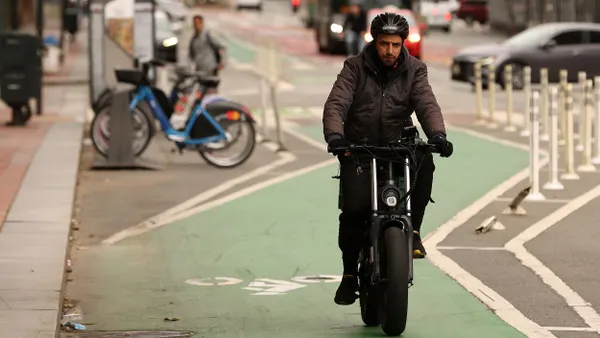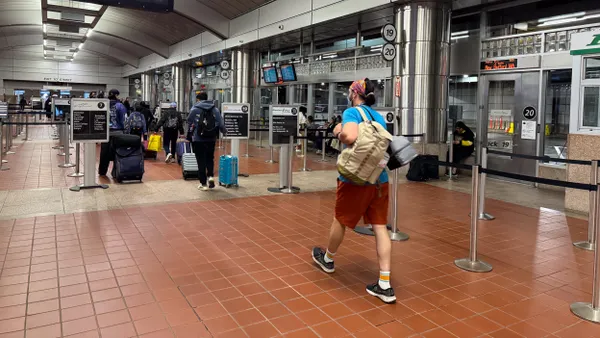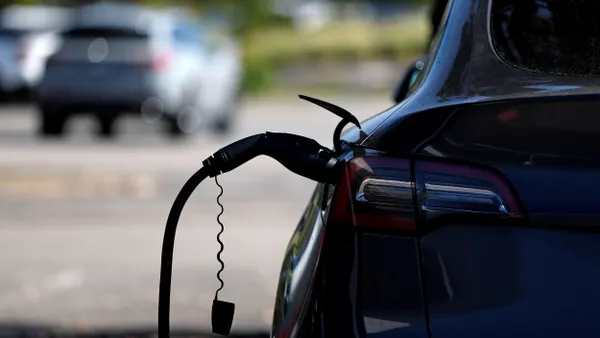Dive Brief:
- A majority of states anticipate a funding shortfall over the next 10 years that could prevent them from properly maintaining their roads and bridges, according to an analysis by The Pew Charitable Trusts published July 16.
- Two dozen states reported a combined $86.3 billion funding gap over the next decade, based on information from their most recent transportation asset management plans, mostly from 2022 data.
- “Many states and localities struggle to make the investments necessary to preserve and maintain their transportation systems,” which can impact safety, economic development and future budget needs, the report states.
Dive Insight:
States apportioned an average of 6.8% of their total expenditures to transportation in fiscal year 2022, according to a report from the National Association of State Budget Officers. But 33 states may miss their goals for funding or meeting the desired condition of roads and bridges, even with an influx of funds from the Coronavirus Aid, Relief, and Economic Security Act and the American Rescue Plan Act of 2021, according to Pew.
Pew found that state data was inconsistent across the country. A majority of states reported some of the information needed to assess gaps in their transportation policy, while 26 only have projections and gap analyses for funding and road conditions.
“Without such comprehensive information, policymakers may not be able to easily connect funding shortfalls with the inability to meet condition targets and understand the scale of the challenge,” the Pew report states.
But even inconsistent data revealed troubling issues. New York reported that nearly 28% of lane miles on its non-interstate pavement were in poor condition in 2022, while Arkansas said 46% of lane miles were below its target condition, per the Pew report.
California, Illinois, Massachusetts, Pennsylvania and Texas were among 29 states that reported a projected gap in their ability to keep roads and bridges properly maintained over the following 10 years.
Pew recommends that states improve reporting, using clear standards and data on the National Highway System, which includes interstate highways, major roads and those considered essential to the military, and other non-NHS roads. This information “can provide critical information for policymaking,” Pew states.
While states have largely spent most of their pandemic-era relief funds, the 2021 Infrastructure Investment and Jobs Act authorized $1.2 trillion in funding for transportation and infrastructure over a five-year period, including some $350 billion for federal highway programs. With help from this influx of federal funds, states increased the percentage of their average transportation spending from 6.8% in 2022 to 8% in fiscal year 2024, according to the latest National Association of State Budget Officers report.
On average, total state spending for transportation grew more than 21% in fiscal 2024 because of increased state and federal funds, according to the NASBO report. “In recent years states have prioritized transportation spending directing additional state funding to both maintaining roads and other infrastructure, as well as supporting new projects,” the report states.



